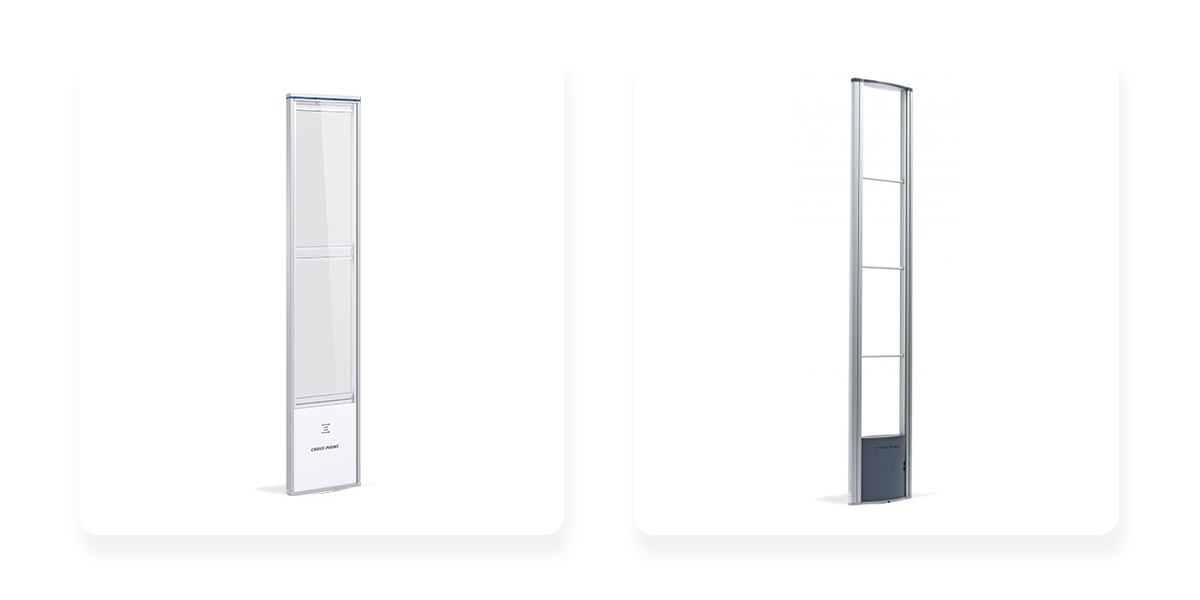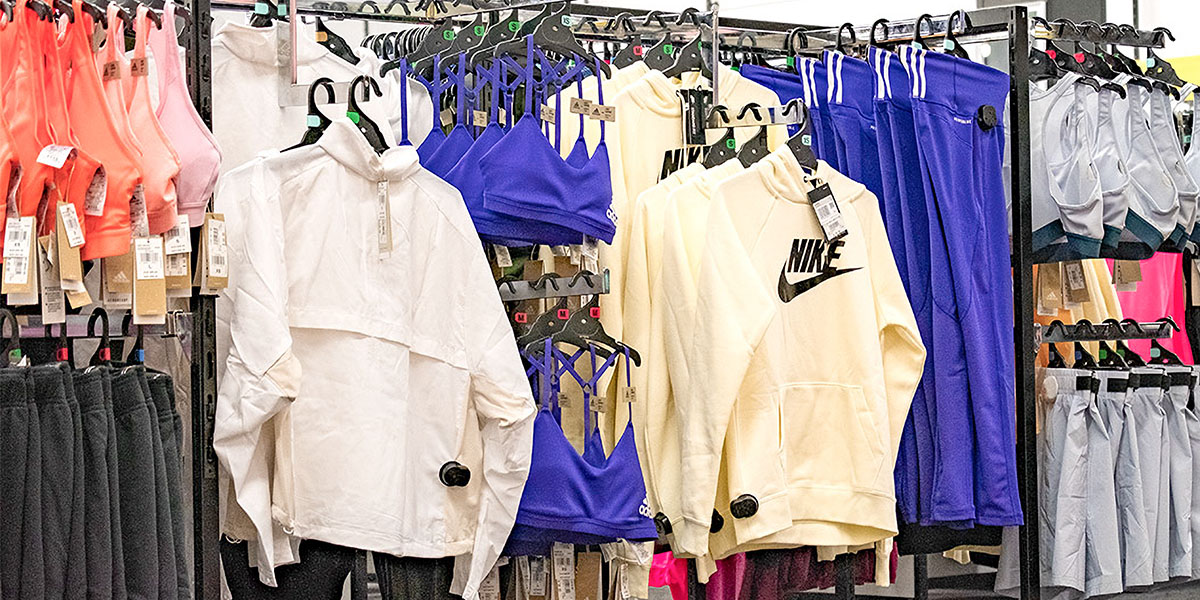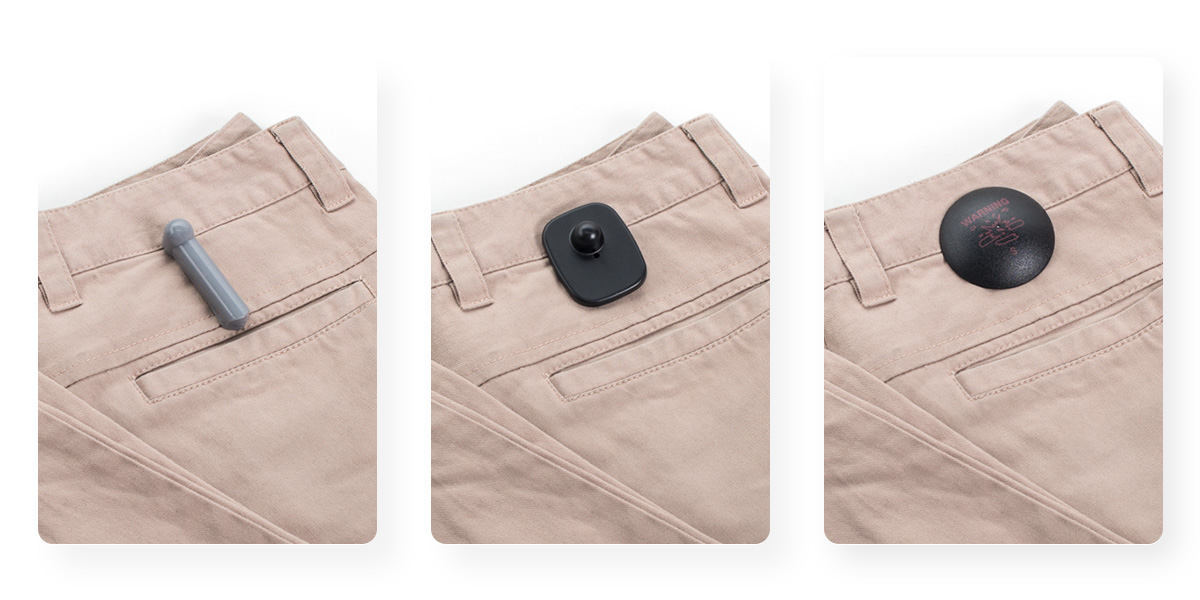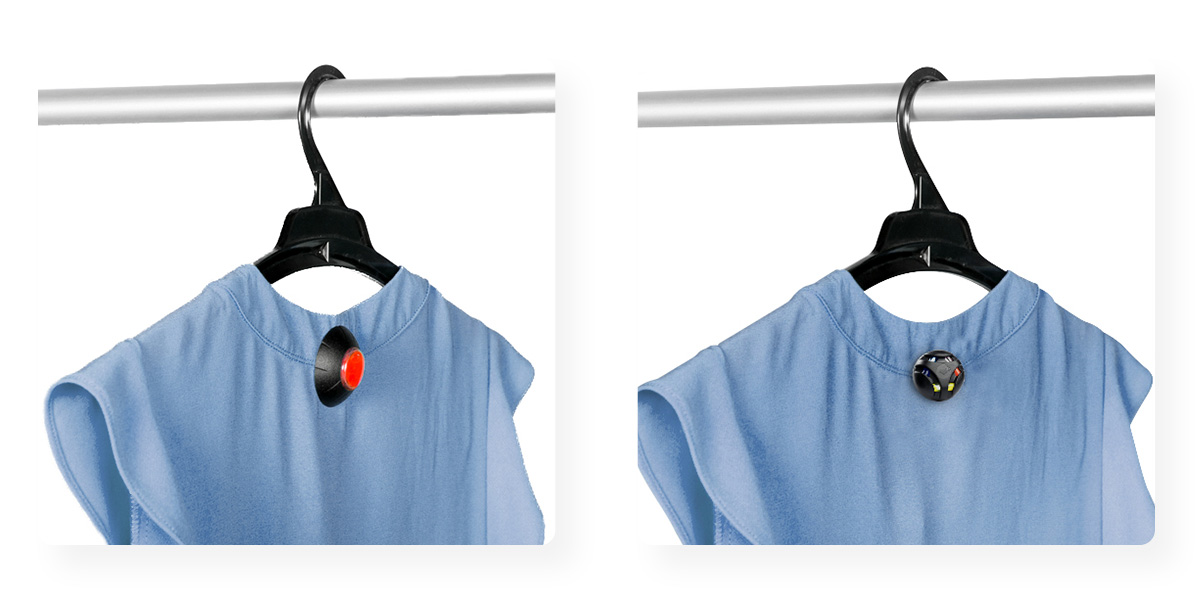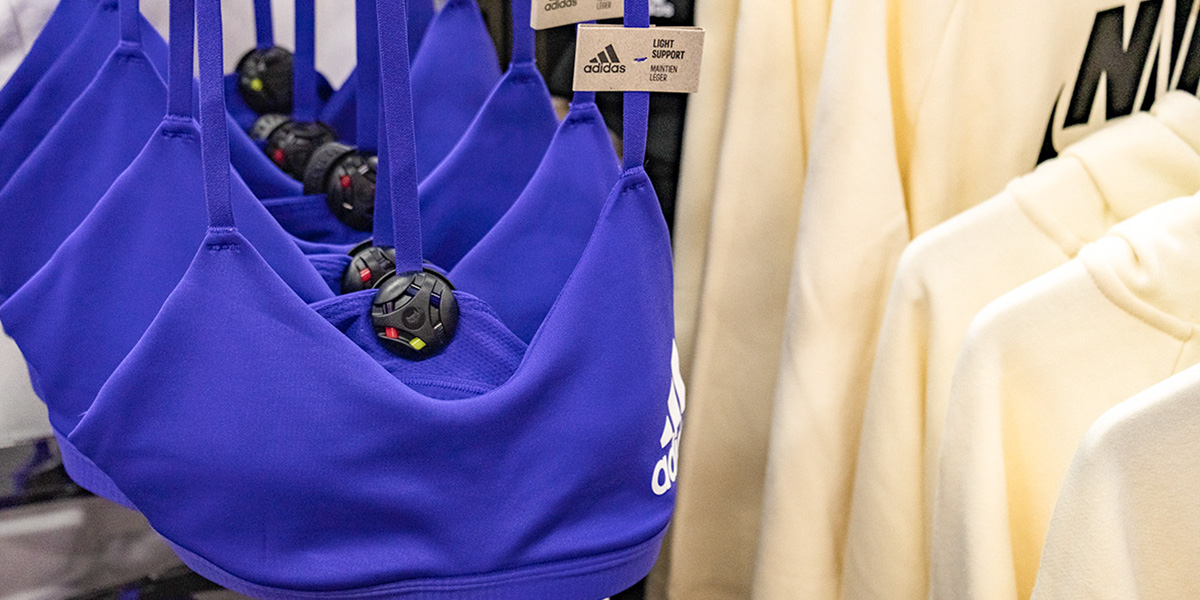How do security tags work?

Almost every retailer uses them in some form or another. They remain the main one of the most successful strategies for combatting theft. How exactly do retail security tags work, and why do they remain the most popular and effective way of fighting retail loss?
What are retail security tags?
Retail security tags are one element of the loss prevention strategy known as Electronic Article Surveillance.
Initially developed in the 1960s, the concept has become one of the most popular and effective ways of protecting retail products against theft, reducing theft by up to 80 percent.
How Electronic Article Surveillance (EAS) works
EAS comprises two key elements and works as follows:
EAS antenna
Electronic article surveillance sees an antenna positioned at the entrance to a store, overhead, or beneath the entrance floor.
This antenna sends out a signal which communicates with security tags or labels positioned on individual products. This tag or label then answers back via small transmitters.
Should the signal indicate a product is in proximity to the antenna and therefore leaving the store, an alarm sounds alerting staff an item is being stolen.
Over recent years, EAS antennas have evolved to become increasingly accurate. They can now also be concealed within the entrance to the store to create a more inviting entryway.
Two frequencies
Antennas generally come in two frequencies, acousto magnetic (AM) or radio frequency (RF).
The key difference between them is the frequency at which they operate, which is measured in Hertz.
AM (Acousto Magnetic) systems operate at 58 kHz, which means a signal is sent out in pulses or bursts between 50 and 90 times a second while (RF) Radio Frequency works in a sweep at 8.2 MHz.
The tags or labels used instore need to correspond to this frequency.
Security tags
Security tags are used on clothing, fashion accessories, eyewear, and even liquor bottles.
In terms of clothing, each security tag comprises the tag which houses the transmitter and the pin which passes through the item of clothing and locks the security tag into place.
The tag is then removed at the Point of Sale using a detacher, which allows security tags to be reusable.
Key security tag features to consider
While security tags are simple to use and swift to detach, there are several features to consider when selecting the correct tag for your store.
Locking system
Security tags traditionally use one of two different types of locking systems: magnetic or mechanical.
When it comes to magnetic locks, these are available in different strengths, ranging from standard to SuperLock, HyperLock, and Multi-Polar.
The higher the magnetic strength, the harder it is for the tag to be removed by shoplifters, so a minimum strength of SuperLock is recommended.
Security tag shape
Featured products: Super Pencil Tag, Mini Square Tag and Shell Ink Tag.
Security tags are available in a variety of shapes ranging from pencil tags to round tags and square. This shape can have a bearing on how hard a tag is to remove illegally.
Round tags are often recommended as it makes it harder for a shoplifter to purchase the tag and price it apart.
Pin heads
When it comes to pinheads, they are available in different sizes, and yes, that size matters.
A pinhead that directly corresponds with the size of the tag is harder to remove, while larger pinheads act as a form of benefit denial.
In this case, the shoplifter is likely to damage the item should they try to force the pinhead through the garment.
Benefit denial
Featured products: Mini Shell Ink Tag and FoxTag Security Tag
On the topic of benefit denial, some security tags are also available with additional features like ink-dye.
These tiny ampules of ink rupture when a tag is tampered with, staining the garment.
Fox tags – a case study
A great example of a state-of-the-art security tag with highly secure features is the FoxTag.
This tag includes:
- A rounded shape that makes it harder to force open.
- A pinhead and tag that correspond in, size also makes it harder to force open.
- Ink dye to reduce the likelihood of tampering.
- Anti-tamper spikes to also reduce the possibility of tampering.
- A patented locking mechanism and power-operated auto-mechanical detacher, which cannot be purchased online.
You can learn more about selecting the correct security tags for your store here or browse our range of security tags.

